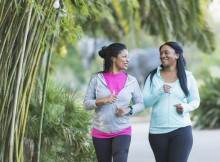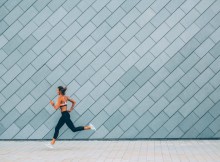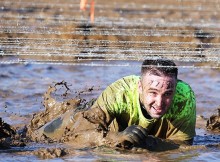Train for Your First 10K and Cross the Finish Line Victorious
Advertisements
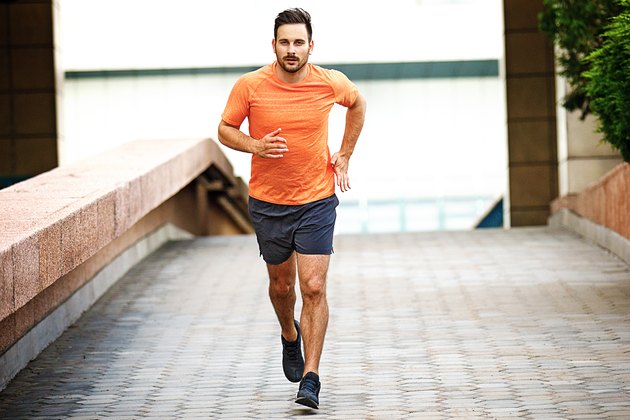
Advertisements
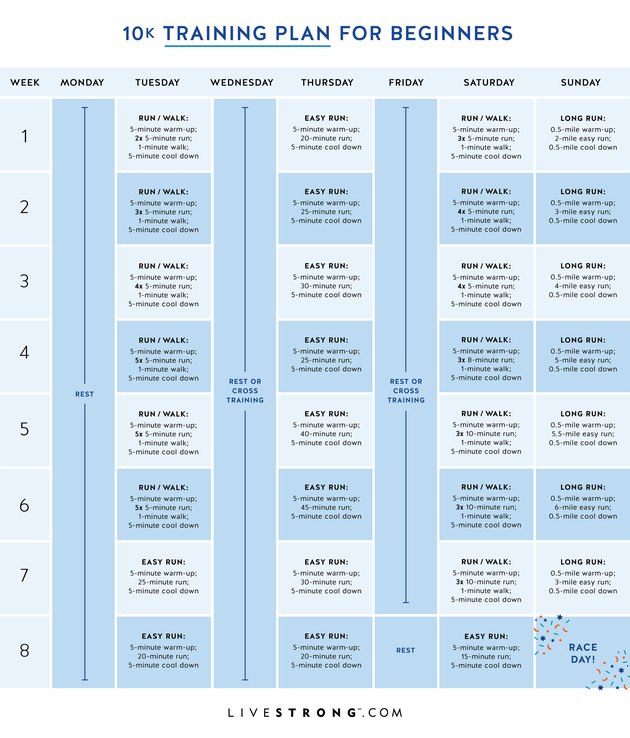 Print this training plan and save it in a place to remind and motivate you. (image: Livestrong. Com)
Print this training plan and save it in a place to remind and motivate you. (image: Livestrong. Com) your goal is to complete your first 10K without walking.
if you have walked at least two miles, three to four days a week for two consecutive months. time vs. miles: you'll run on time in most workouts, so you only need a watch. Your long weekend run is in miles. This workout will help you understand the pace per mile and reassure you that you will be able to run the entire distance on race day. warm up and cool down: start and end each run with a five minute walk. Walking not only prepares your body for running and cools your body after running, but also increases your standing time and endurance, castor said. In addition, each run requires dynamic stretching (including exercise), followed by static stretching (where you stay) to cool down. How to train a 10k because you and 39 will be based on your already solid running. The best way is to change the type, duration and intensity of your training. There are four different ways to exercise in this program: running / walking, easy running, long distance running and cross training (all of which are described below), which can change the time and intensity of your run so that you can keep improving. Walking breaks are just the best way to build a safe run, because they relieve stress on ligaments and "tendons," castor said. Running and walking can also increase your overall endurance. Running in a row, from two to six miles, training your body to a long run, that is, they allow you to reach the finish line without walking. here's a breakdown of all the terms you see in your 10K Workout: intensity / pace: do each workout at a comfortable conversational pace: 60% to 65% of your maximum heart rate, or 5% of your perceived exertion (1 to 10). &Running faster and harder increases the risk of injury, castor said. Finish the distance first; then, once you've been running on your legs for six months, you can finish it faster. run / walk: when you see a 2 x 5-minute run, a 1-minute walk, that means you will run 5 minutes, walk 1 minute, and repeat. A day with & quot; 3x5 & quot; means you'll do it three times. Keep walking fast, but don't skip; walking makes it safer and happier to get used to running. easy running: these are stable and continuous running with easy speed. If you're running too fast or it's hard to finish, slow down - it's the right speed to finish. Advertisements long run: long run is the eldest of long run, and long run is the key training to cultivate endurance. If there is a mileage mark on the bike lane nearby, it means you are golden. If not, use a fitness tracker or a running watch. Or, you can find a track (four laps equals a mile), measure a mile in the car, or use the American track and field map tool. cross training: on cross training days, stick to non or low impact training, such as yoga, swimming, cycling or light intensity / weight training (which also helps prevent injuries and improve your pace). Extra exercise will improve your running and overall endurance and prevent you from feeling bored or exhausted. rest day: rest day means no exercise - relax and enjoy, know it & 39; during this time, the body will recover and become stronger. A few days of the week: training must be adapted to your life, so, according to the needs of work and family, call out the time for rest and running. However, try to schedule your day off within a week; in other words, don't run four days in a row, take three days off. Providing other useful resources for your first 10K run From what to eat to how strength training can help you run faster and prevent injury, here are some additional guidelines you & 39; ll want to read before you reach the starting line.

